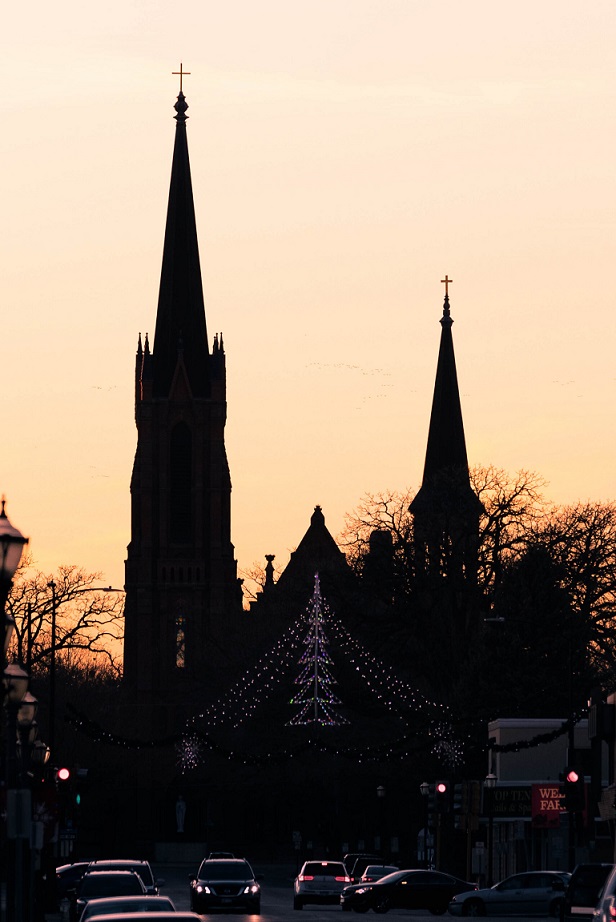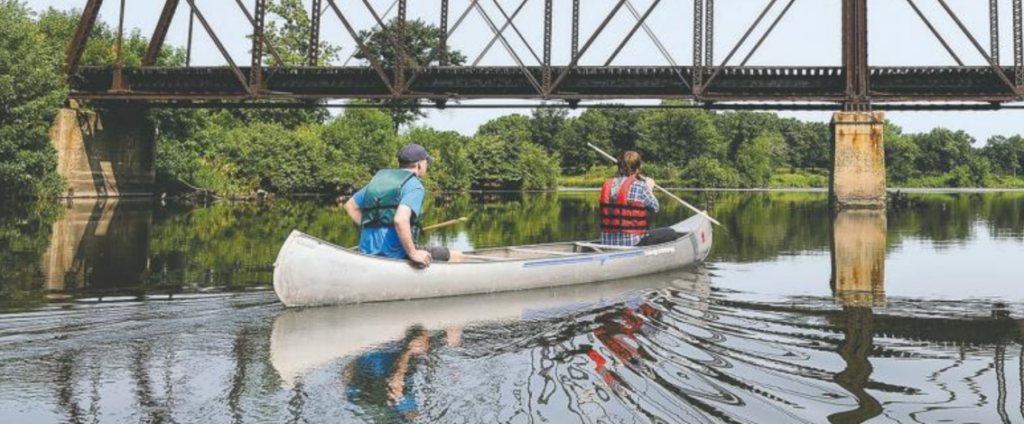We know the local area, have built partnerships with local vendors and together we can communicate and create success for everyone.


Mower County was officially formed on March 1, 1856, with the signature of Governor Willis A. Gorman. It was named Mower after John E. Mower, a territorial legislator. Until this time, Mower County was part of Wabasha County. Hunter Clark made the first settlement in the western part of the county, where Oakwood Cemetery is currently located in Austin.
The first Board of Commissioners met on April 7, 1856, in Frankford and located the county seat there. Since there was no official county building, all of the records were kept in a tin box. Wherever this tin box was located was where the county seat was established. A plot was designed to steal the box and relocate it to Austin. The plot was a success. In March 1857, the county board obtained the office of A.S. Everest in Austin to be used as the county seat headquarters. An election followed on June 1, where the citizens of the county voted to have Austin established as the permanent county seat. The vote was split between the western residents and the eastern residents. In January 1868, the first courthouse was built.
Since that time, the county has grown tremendously. Austin is still the county seat and largest city in the country.
The Austin, MN area was well-known to the local Native Americans for its abundant fishing and hunting, attracting the first white settler, trapper Austin Nichols, who built the first log cabin in 1853
Nichols sold his claim to Chauncey Leverich, who is considered the first resident. By 1856, the number of settlers had grown enough for them to officially incorporated their community, naming the new town after Austin Nichols.
Mills for flour and lumber provided the first industry. They built their first school in 1865 (school had been taught in various log cabins previously), and the first bank opened the following year. Railroads coming to the area in the late 1860’s encouraged further growth and development.
George A. Hormel moved to the area, and in 1891 opened a small family butcher shop which grew into what is now known as the Hormel Foods Corporation, to learn more about the Hormel family visit the Hormel Historic Home.
Historically, Austin has contributed to many facets of life. Hormel Foods Corporation has developed countless innovative foods including canned ham and other meats and foods, dried sausages, and of course SPAM®. The Hormel Institute, founded in 1942, is a world-renowned cancer research facility that continues to contribute to the search for cures and treatments for all cancers.
The Mower County Historical Society preserves and displays the local history. Austin has earned a reputation for cultivating the arts, with the Historic Paramount Theatre built in 1929, the Austin ArtWorks Center, the Austin Artist series offering quality entertainment for over 70 years, the Austin Symphony Orchestra, still going strong since 1957, and now the annual Austin ArtWorks Festival every August.
Famous authors and musicians abound – among them poet Laureate Richard Eberhart, novelist Tim O’Brien, fantasist, Amanda Hocking; Charlie Parr, Martin Zellar, Molly Kate Kestner. Austin is the hometown of sports notables such as featherweight Jackie Graves, the Austin Atom; golfer Tom Lehman and Lee Jantzen; football players and coaches John Madden and Larry Kramer; and the list goes on. Marcusen Park, home to the Austin Greyhounds, has been part of the Minnesota baseball scene for 70 years, and has witnessed a legendary home run hit by the Twin’s Kent Hrbek and games played by Paul Molitor, Dave Winfield, and Austin’s own Mike Wuertz. Austin has been recognized as being a tree city for over 40 years and you can experience this at the Jay C. Hormel Nature Center.
| Cookie | Duration | Description |
|---|---|---|
| cookielawinfo-checkbox-analytics | 11 months | This cookie is set by GDPR Cookie Consent plugin. The cookie is used to store the user consent for the cookies in the category "Analytics". |
| cookielawinfo-checkbox-functional | 11 months | The cookie is set by GDPR cookie consent to record the user consent for the cookies in the category "Functional". |
| cookielawinfo-checkbox-necessary | 11 months | This cookie is set by GDPR Cookie Consent plugin. The cookies is used to store the user consent for the cookies in the category "Necessary". |
| cookielawinfo-checkbox-others | 11 months | This cookie is set by GDPR Cookie Consent plugin. The cookie is used to store the user consent for the cookies in the category "Other. |
| cookielawinfo-checkbox-performance | 11 months | This cookie is set by GDPR Cookie Consent plugin. The cookie is used to store the user consent for the cookies in the category "Performance". |
| viewed_cookie_policy | 11 months | The cookie is set by the GDPR Cookie Consent plugin and is used to store whether or not user has consented to the use of cookies. It does not store any personal data. |